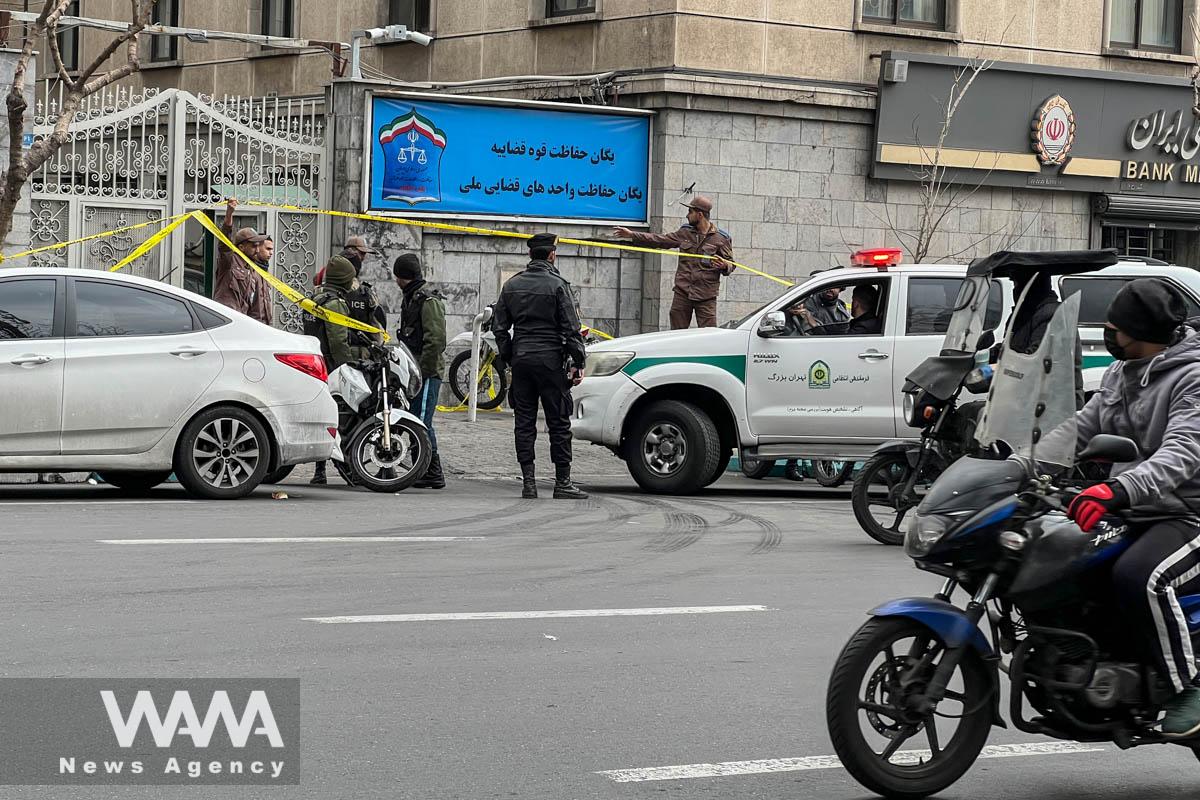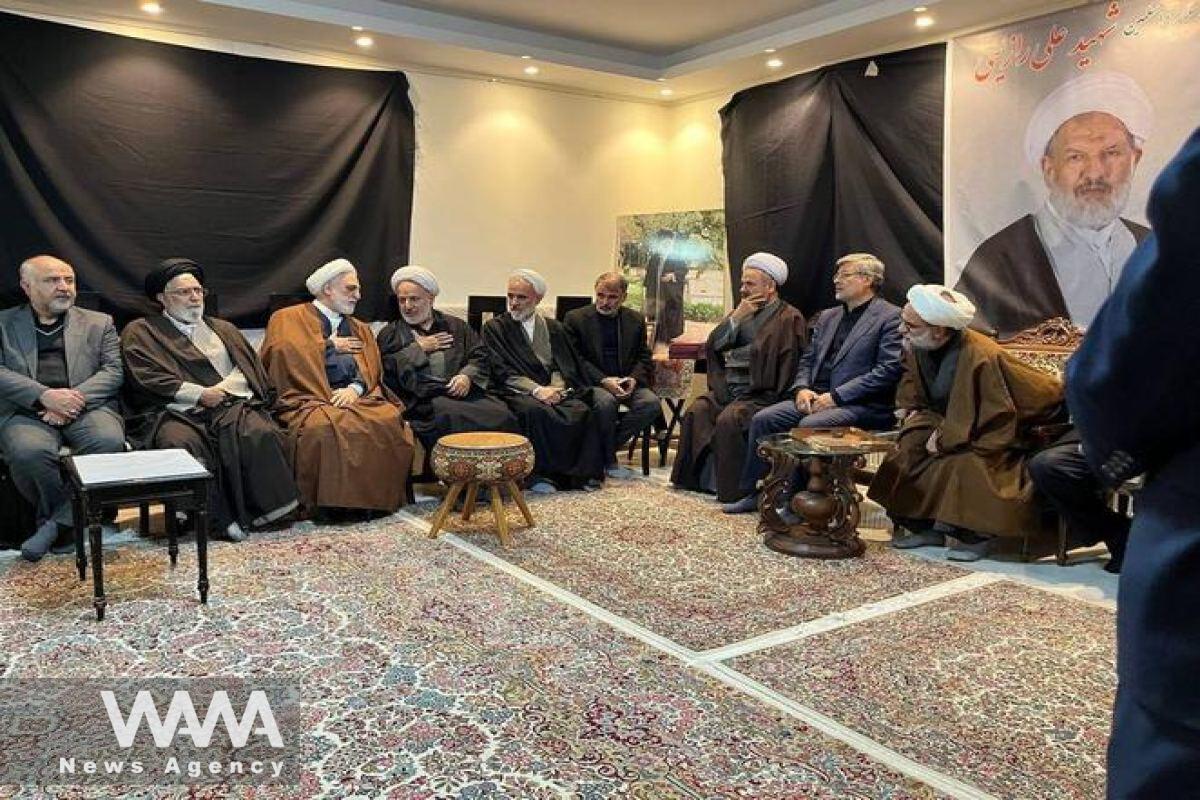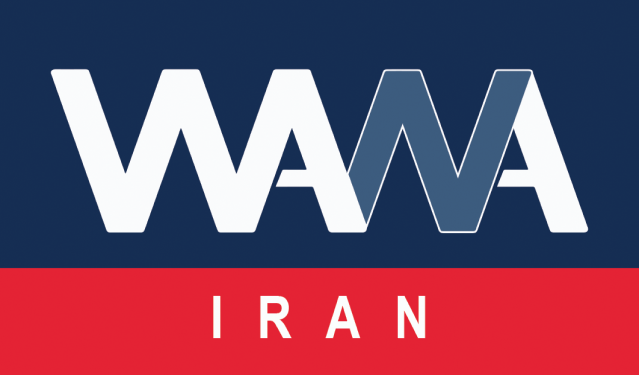Assassination in Broad Daylight: An Organized Act with a Message of Chaos
WANA (Jan 19) – Two prominent judges of Iran’s Supreme Court were assassinated in an armed attack inside the court building. This incident, which occurred yesterday morning, immediately captured the attention of media outlets and political analysts. The two victims, Hojjat al-Islam wal-Muslimeen Razini and Hojjat al-Islam wal-Muslimeen Moghiseh, were well-known figures in combating security-related crimes and terrorism.
According to an official report from Iran’s Judiciary Media Center, around 10:00 to 10:45 a.m., an armed individual entered the offices of these senior judges in the Supreme Court. The assailant, armed with a handgun, committed suicide immediately after carrying out the murders. Unconfirmed reports suggest that the perpetrator was an infiltrated service worker who first injured a guard with a knife and then used a firearm to execute the attack. Investigations into his motives and affiliations are ongoing.

Members of the police stand in front of the judiciary building after the assassination of the Supreme Court Judges Mohammad Moghiseh and Ali Razini in Tehran, Iran, January 18, 2025. WANA (West Asia News Agency)
The spokesperson for Iran’s Judiciary emphasized that Razini and Moghiseh were targeted due to their pivotal roles in addressing security-related cases and combating espionage and terrorist groups.
He explained: Individuals have been identified, arrested, and summoned in connection with today’s terrorist attack, and investigations are ongoing. Given the sensitivity of the cases these judges were handling, this incident extends beyond an individual assassination.
1. An Assassination Backed by Intelligence Operations
This attack goes beyond individual or personal motives. Preliminary evidence and the method of execution suggest that the operation was orchestrated and supported by intelligence agencies.

Terror Attack at Tehran’s Judiciary Building
WANA (Jan 18) – At 10:45 AM today, Two senior judges of Iran’s Supreme Court were targeted in an assassination attempt near Park Shahr in Tehran. In this terror attack within the judiciary building, Hojjatoleslam Ali Razini, head of Branch 39, and Hojjatoleslam Mohammad Maghiseh, head of Branch 53 of the Supreme Court, were killed, […]
Both judges, with extensive experience in tackling security crimes and espionage cases, were strategic targets for foreign adversaries.
2. A Wake-Up Call on Infiltration in Critical Centers
One of the clear messages of this attack is a warning about the infiltration of sensitive Iranian institutions.
The question arises: How did an armed individual manage to enter the Supreme Court building and carry out such an attack? This incident highlights critical security lapses in identifying and controlling infiltrators.
Initial Analysis of Judges’ #Assassination in Iran:
1. The assassination is a terrorist act planned by intelligence agencies.
2. The warning about infiltration in sensitive centers in Iran is serious.
3. Given the role of these two judges in combating unrest and terrorist… pic.twitter.com/DiDUB2wg2Z
— WANA News Agency (@WANAIran) January 18, 2025
3. A Prelude to Broader Unrest
Analysts believe this incident is not merely an assassination; it is part of a larger strategy to destabilize Iran. Razini and Moghiseh, known for their resolute stance against terrorist groups and agitators, symbolized the judiciary’s authority. Their assassination could be interpreted as groundwork for broader unrest.
According to the Judiciary spokesperson, “Over the past year, extensive actions have been undertaken by the judiciary to identify, pursue, arrest, and prosecute agents tied to the Israeli regime, U.S. affiliates, spies, and terrorist groups.”
This act could serve as a prelude to future chaos. As Iran’s history demonstrates, the elimination of key figures often forms part of a larger plan to incite instability.

The Presence of the Chief Justice of Iran at the Homes of Hujjat al-Islams Messrs. Razini and Maqiseh / WANA News Agency
4. The Role of MEK and Israel’s Strategy
Security analysts consider the involvement of the MEK (Mujahideen-e-Khalq) and Israeli backing highly likely in such attacks. For years, MEK has pursued missions aligned with Israeli and certain Western powers’ objectives to stir unrest in Iran.
Today’s assassination aligns with these goals—eliminating key government figures and weakening the judiciary have always been a priority for the Islamic Republic’s radical opponents.
Ali Rabiei, Iran’s Presidential Advisor for Social Affairs, described the attack as a sign of adversaries’ efforts to obstruct the resolution of Iran’s internal issues.h
Tis incident serves as a wake-up call for Iran’s security apparatus. The central question is: Can Iran’s government anticipate and neutralize similar threats, or is this event the beginning of a new wave of insecurity in the country?
#Shooting in Front of Tehran’s Palace of #Justice at Ark Square
Witnesses reported that an armed individual opened fire at Ark Square in Tehran.
Currently, there is no information available about the identity of the shooter or the number of injured.#Iran pic.twitter.com/aSYw9jGuE1
— WANA News Agency (@WANAIran) January 18, 2025













